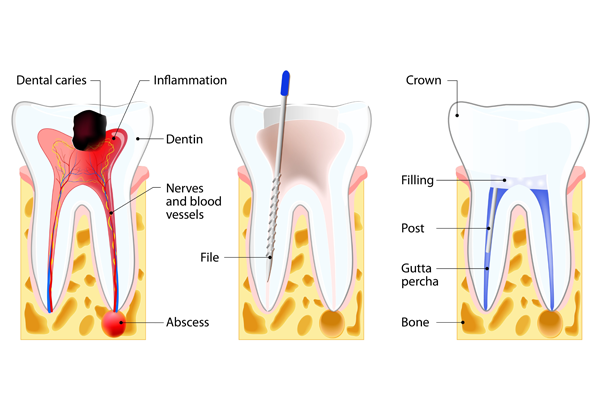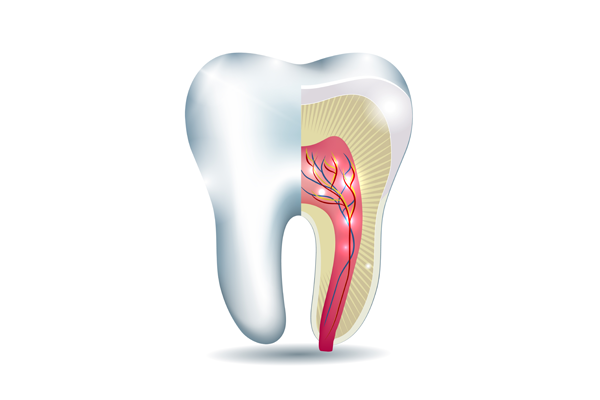Re Root Canal Therapy
In few cases, root canal therapy fails to produce results as expected. After treatment, the patient might experience some problems or the treated tooth might not heal as expected. In such cases Re-root canal therapy is done.
Root canal retreatment removes the previous crown and packing material, cleanses root canals and the re-packs and re-crowns the tooth. Put simply, root canal re-treatment is similar to the actual procedure. The success rate of root canal retreatment is 75%.

Root canal treatments and retreatments is a good alternative to tooth extraction. If the tooth has a good bone support, a solid surface and healthy gums, then the tooth can be retreated instead of extracting. Root canal retreatment is less expensive when compared to other treatment procedures.
Why root canal retreatment?
The following are a few reasons why root canal therapy fails:
- Cracked crown leaking filling material
- Curved or narrow canals not treated properly
- Restorative devices are not placed immediate after the treatment
- New tooth decay
- New fracture in the treated tooth
- If saliva enters the restorative structure
- Complex canal structures

Root canal retreatment procedure
Root canal retreatment procedure involves isolation of an affected tooth with a rubber dam. The dam protects the tooth during treatment from bacteria and saliva. The first step is to remove the placed crown and post. Followed by filling material and obstructions that block the root canals will be removed. All these will be removed using an ultrasonic handpiece. Tiny instruments are used to clean and reshape the root canals. X-rays will be taken to ensure the roots are properly cleaned.
If your dentist is confident that the root canals are cleaned completely, gutta-percha is inserted in that space. This rubbery material seals the canals to prevent accumulation of bacteria. At last, a temporary crown or filling is applied to tooth. Finally, a color matched permanent crown will be placed.